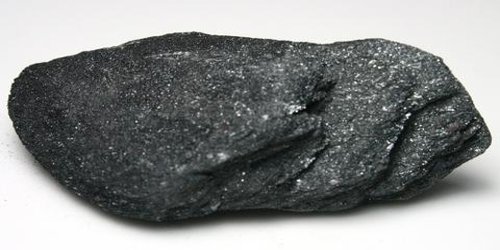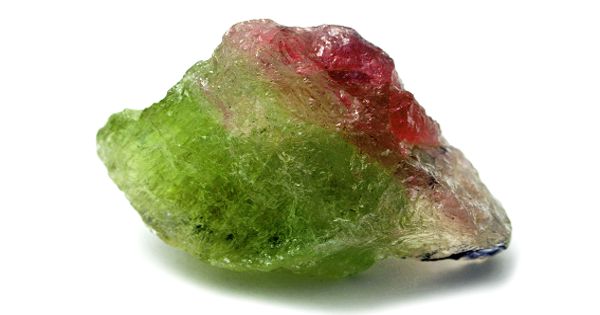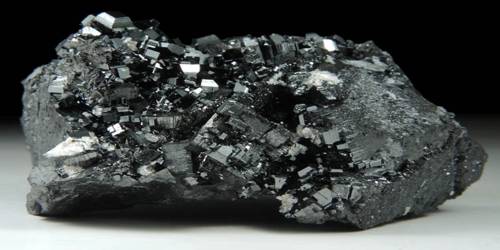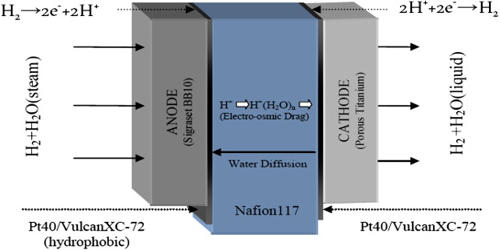Hematite, also spelled as haematite, is the mineral form of iron(III) oxide (Fe2O3), one of several iron oxides. It is a reddish-black mineral consisting of ferric oxide. It is an important ore of iron. It is the oldest known iron oxide mineral and is widespread in rocks and soils. The mineral is harder than pure iron but very brittle. Hematite, along with ilmenite, forms a complete solid solution at temperatures above 950°C.
The mineral has derived its name from the Greek word for blood, as it often observed in red powdered form. It has the same crystal structure as that of corundum and ilmenite.
General Information
- Category: Oxide minerals
- Formula: iron(III) oxide, Fe2O3, α-Fe2O3
- Crystal system: Trigonal
- Crystal class: Hexagonal scalenohedral (3m)

Fig: Hematite
Properties
Hematite is colored black to steel or silver-gray, brown to reddish brown, or red. It is mined as the main ore of iron. Varieties include kidney ore, martite, iron rose, and specularite. While the forms of hematite vary, they all have a rust-red streak. It is harder than pure iron but much more brittle.
- Color: Metallic gray, dull to bright red
- Fracture: Uneven to sub-conchoidal
- Tenacity: Brittle
- Mohs scale hardness: 5.5–6.5
- Luster: Metallic to splendent
- Streak: Bright red to dark red
- Diaphaneity: Opaque
- Specific gravity: 5.26
Occurrences
Huge deposits of hematite are found in banded iron formations. Gray hematite is typically found in places that can have still standing water or mineral hot springs, such as those in Yellowstone National Park in North America.
Hematite can also occur as a result of volcanic activity. Clay-sized hematite crystals occur as a secondary mineral along with oxyhydroxides, such as goethite, or other iron oxides as a result of the weathering process in soil.
Information Source::
















